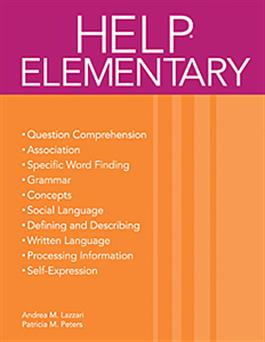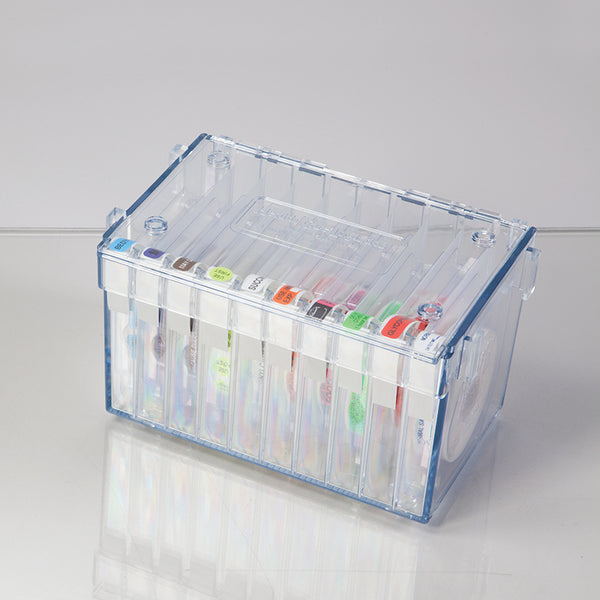
Handbook of Exercises for Language Processing HELP Elementary
Product Code : MPS8-31606
$76.21
Vendor: PRO-ED
Available
Andrea M. Lazzari+ Patricia M. Peters Description Ages: 6-12Grades: 1-7 Target the language skills that students with language disorders struggle with, particularly in the classroom: question comprehension, social language,...
Andrea M. Lazzari+ Patricia M. Peters
Description
Ages: 6-12Grades: 1-7
Target the language skills that students with language disorders struggle with, particularly in the classroom: question comprehension, social language, concepts, and more.
Written in the best-selling format of the HELP series, these lessons have:
- goal-driven activities
- high quality, timeless content
- gradual increase in complexity within and between activities
- application to a wide range of developmental and acquired disorders
HELP Elementary combines the best of the original HELP 1-5 series. New stimulus items are combined with the most requested lessons from the original volumes. The result is a resource that addresses language needs of elementary-age students.
- Question ComprehensionAnswer can, do/does, if, some/all, and true/false questions. Question response requirements are kept simple to accommodate students with deficits in verbal expression.
- AssociationDevelop association skills through if/then statements, situational associations, similarities and differences, action/agent associations, definitions, and analogies.
- Specific Word FindingComplete tasks in phrase completion with verbs, nouns, conjunctions, and verb phrases.
- GrammarActivities cover subjective, possessive, and objective pronouns; comparatives/superlatives; regular and irregular plurals; noun-verb agreement; and regular and irregular past tense verbs.
- ConceptsLearn location concepts, spatial and temporal relationships, functions and attributes, and comparison concepts.
- Social LanguageImprove conversation skills, recognize appropriate responses, and express cause and effect.
- Defining and DescribingDefine words by function, event, attribute, and class; describe by function and attributes; and identify similarities and differences.
- Written LanguageActivities begin with sentence completion based on picture and contextual cues and progress to sentence expansion and combing sentences. Students advance to completing paragraphs and sequencing sentences to form paragraphs.
- Processing InformationLessons include sequencing instructions and information, directional concepts, irrelevant information, the use of reference materials, and writing messages.
- Self-ExpressionStudents practice identifying, interpreting, and expressing needs, opinions, and feelings.
207 pages 8.5 x 11, softcover 1993














